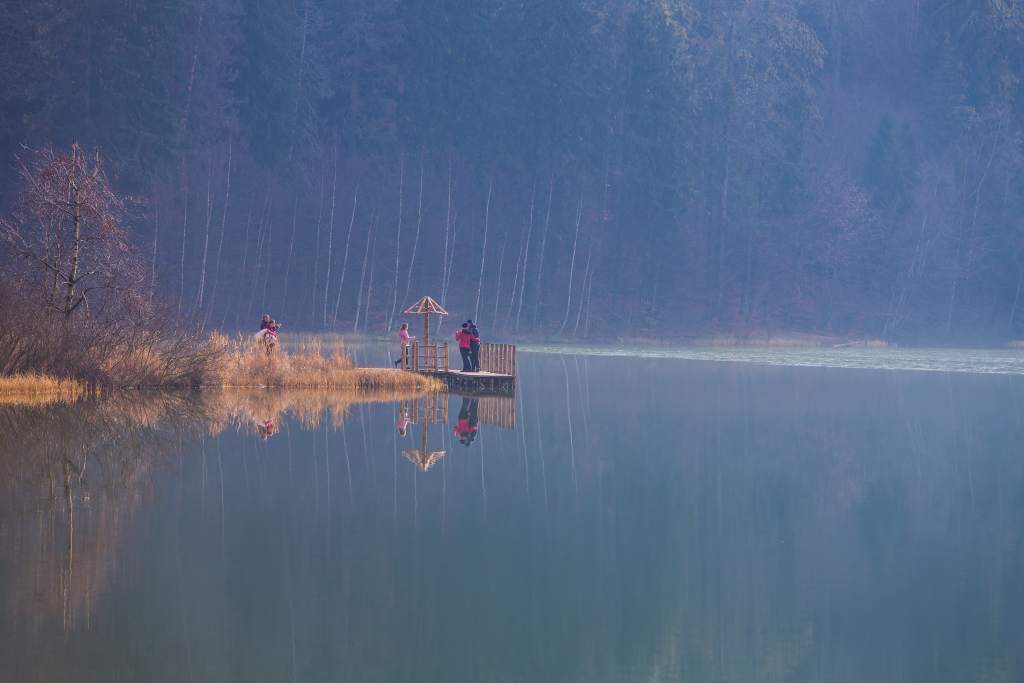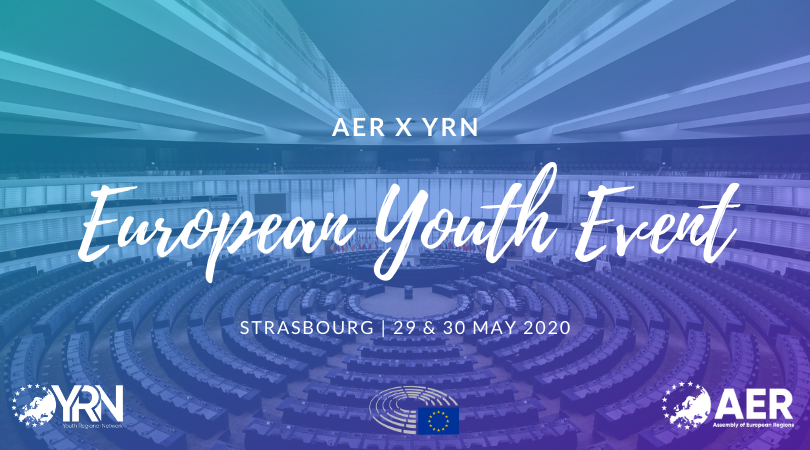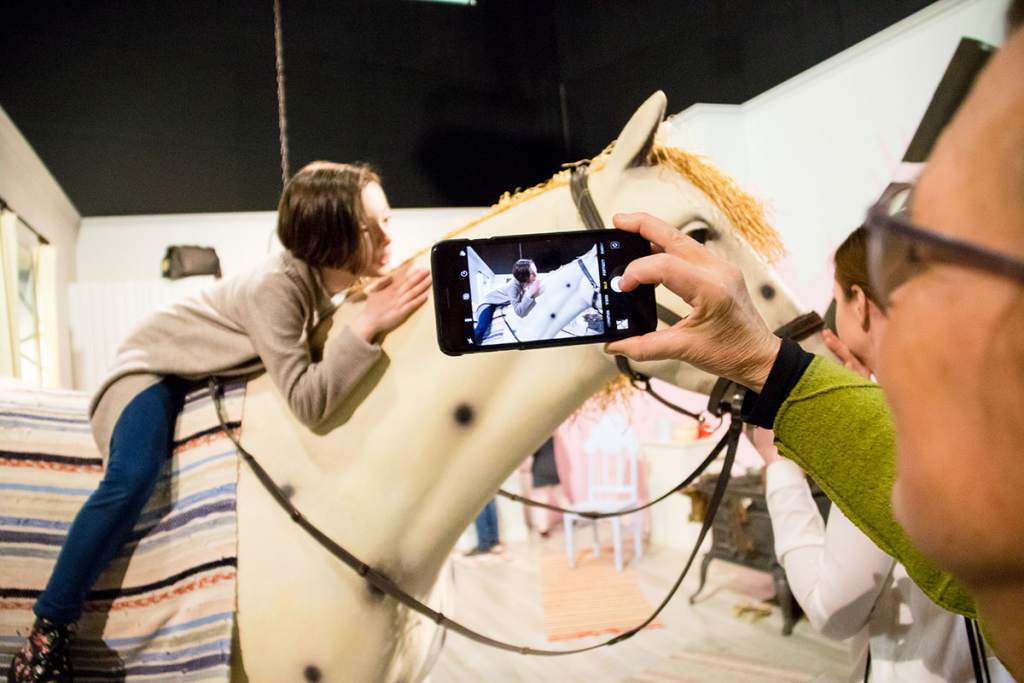Smart specialisation & rural areas: the case of Covasna

“Smart specialisation strategies in rural areas, inclusion & wellbeing” was the topic of a debate which was foreseen to take place during the 2020 Spring plenaries. In order to harness ... Read More












